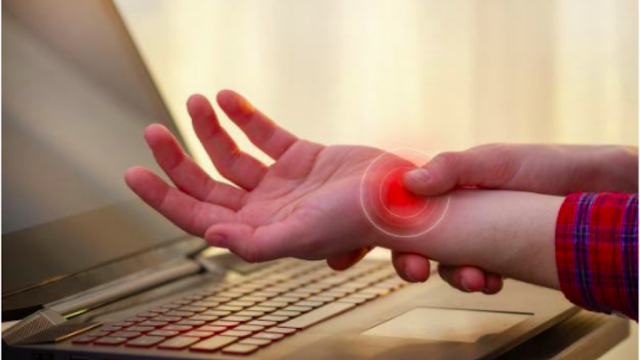What is Cervical Arthritis? Symptoms and Diagnosis
Cervical pain is a common, age-related condition that affects the joints and discs in your cervical spine, which is in your neck. It’s also known as cervical osteoarthritis or neck arthritis. It develops from the wear and tear of cartilage and bones. While it’s largely the result of age, it can be caused by other factors as well. Some people who have it never experience symptoms. For others, it can cause chronic, severe pain and stiffness. However, many people who have it are able to conduct normal daily activities.
Cervical arthritis causes: The bones and protective cartilage in your neck are prone to wear and tear that can lead to cervical arthritis. Possible causes of the condition include:
Bone spurs: These overgrowths of bone are the result of the body trying to grow extra bone to make the spine stronger. However, the extra bone can press on delicate areas of the spine, such as the spinal cord and nerves, resulting in pain.
Dehydrated spinal discs: Your spinal bones have discs between them, which are thick, padlike cushions that absorb the shock of lifting, twisting, and other activities. The gel-like material inside these discs can dry out over time. This causes your bones (spinal vertebrae) to rub together more, which can be painful. This process can begin to happen in your 30s.
Herniated discs: Spinal discs can develop cracks, which allows leakage of the internal cushioning material. This material can press on the spinal cord and nerves, resulting in symptoms such as arm numbness as well as pain that radiates down an arm.
Injury: If you’ve had an injury to your neck (during a fall or car accident), this can accelerate the aging process.
Ligament stiffness: The tough cords that connect your spinal bones to each other can become even stiffer over time, which affects your neck movement and makes the neck feel tight.
Overuse: Some occupations or hobbies involve repetitive movements or heavy lifting (such as construction work). This can put extra pressure on the spine, resulting in early wear and tear.
Risk factors for the condition: The greatest risk factor for cervical arthritis is aging. Cervical arthritis often develops as a result of changes in your neck joints as you age. Disc herniation, dehydration, and bone spurs are all results of aging.
Factors other than aging can increase your risk of cervical arthritis. These include:
neck injuries
work-related activities that put extra strain on your neck from heavy lifting
holding your neck in an uncomfortable position for prolonged periods of time or repeating the same neck movements throughout the day (repetitive stress)
genetic factors (family history of cervical arthritis)
smoking
being overweight and inactive
Symptoms of cervical arthritis: Most people with cervical arthritis don’t have significant symptoms. If symptoms do occur, they can range from mild to severe and may develop gradually or occur suddenly.
One common symptom is pain around the shoulder blade. Some complain of pain along the arm and in the fingers. The pain might increase when:
standing
sitting
sneezing
coughing
tilting your neck backward
Another common symptom is muscle weakness. Muscle weakness makes it hard to lift the arms or grasp objects firmly.
When to see a doctor: If you have a sudden numbness or tingling in the shoulder, arms, or legs, or if you lose bowel or bladder control, talk to your doctor and seek medical attention as soon as possible. This is a medical emergency. If your pain and discomfort start to interfere with your daily activities, you may wish to make an appointment with your doctor. Although the condition is often the result of aging, there are treatments available that can reduce pain and stiffness.
Making a diagnosis of cervical arthritis involves ruling out other potential conditions, such as fibromyalgia. Making a diagnosis also involves testing for movement and determining the affected nerves, bones, and muscles.
Your doctor may treat your condition or refer you to an orthopedic specialist, neurologist, or neurosurgeon for further testing.


Comments
Post a Comment